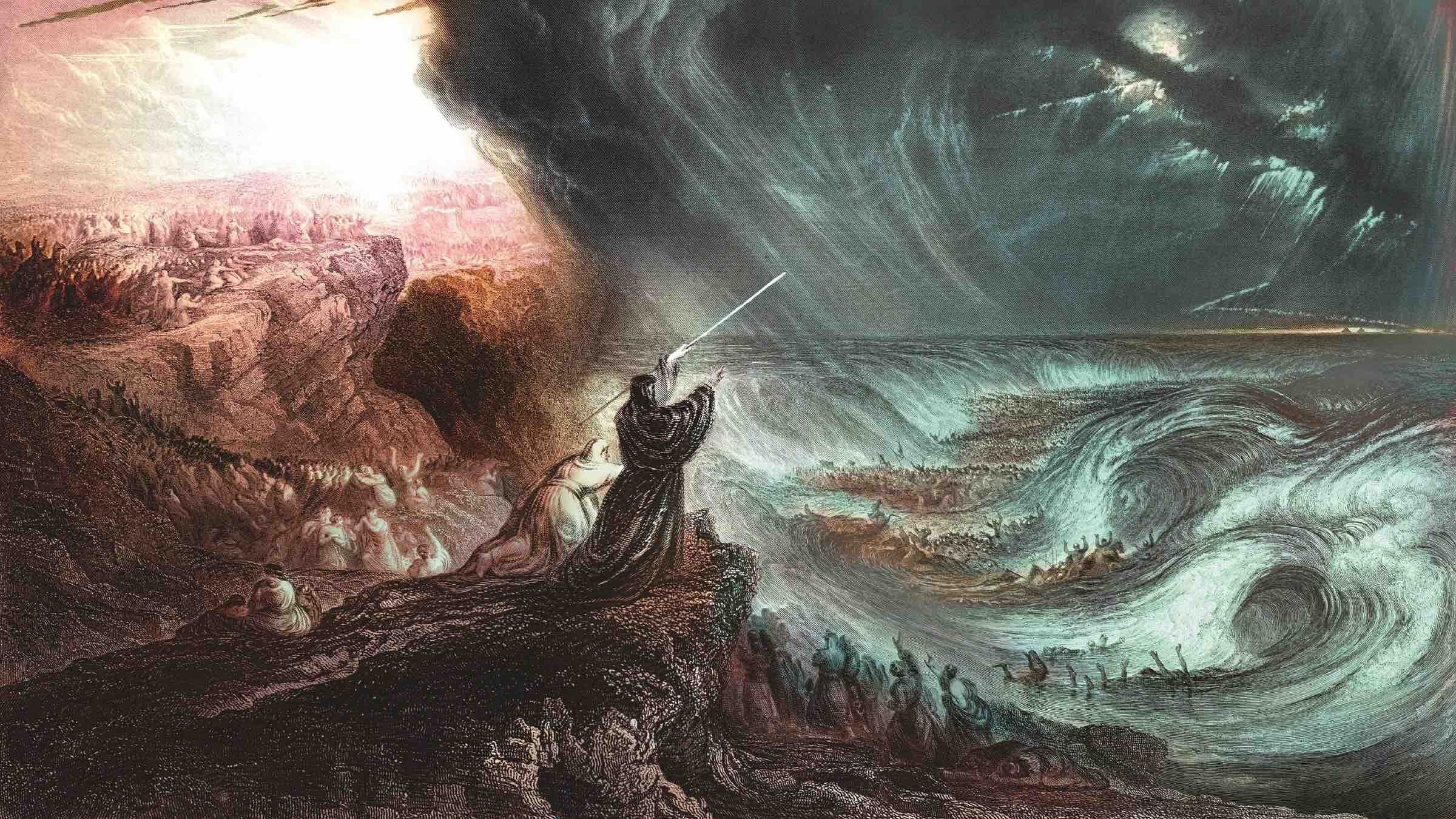The Exodus, a cornerstone of both Jewish and Christian faiths, stands as a testament to the power of divine intervention and the resilience of the human spirit. While skeptics may question its historical validity, a closer examination of the evidence reveals a tapestry of historical clues and interpretations that shed light on this ancient saga.
Dating the Exodus: Pinpointing the timeline of the Exodus has been a matter of scholarly debate. Drawing from biblical and extrabiblical sources, scholars have proposed various timelines, with significant attention paid to the reigns of Egyptian pharaohs and geopolitical events. From Solomon's temple construction to the Merneptah Stele, each piece of evidence offers a glimpse into the possible timeframe of the Exodus, ultimately pointing to the mid-to-late 12th century B.C. as a probable period.
Navigating the Exodus Route: The journey of the Israelites from Egypt to the Promised Land is marked by geographical landmarks and biblical accounts. Colin Humphreys, in his work "The Miracles of Exodus," provides a detailed analysis of the route, tracing the path from Pi-Rameses to Mount Sinai. By identifying place names and topographical features, Humphreys paints a vivid picture of the arduous journey undertaken by Moses and his people.
The Crossing of the Red Sea: One of the most iconic moments of the Exodus narrative is the crossing of the Red Sea. Interpretations vary regarding the location and nature of this miraculous event. While traditional views place the crossing at the Red Sea proper, others, like Humphreys, propose the Gulf of Aqaba as the likely site. The phenomenon of wind setdown offers a plausible explanation for the parting of the waters, aligning with both biblical accounts and scientific observations.
Locating Mount Sinai: The identification of Mount Sinai, where Moses received the Ten Commandments, remains a subject of conjecture. Humphreys suggests Hala-'l Badr as a potential candidate, based on geological and geographical considerations. Rejecting traditional sites like Jabal Musa, this alternative location offers new insights into the geographic context of the Exodus narrative.
Interpreting the Exodus: Beyond the quest for historical accuracy lies the enduring significance of the Exodus story. While skeptics may question its veracity, believers find inspiration in the tale of liberation and divine intervention. The Exodus serves as a moral compass, guiding individuals and societies through the trials of oppression and the promise of freedom.
Conclusion: The Exodus stands as a testament to the intersection of faith and history, weaving together strands of evidence and interpretation to form a compelling narrative of liberation and redemption. As scholars continue to unravel its mysteries, the enduring legacy of the Exodus remains an enduring source of inspiration for generations to come.







